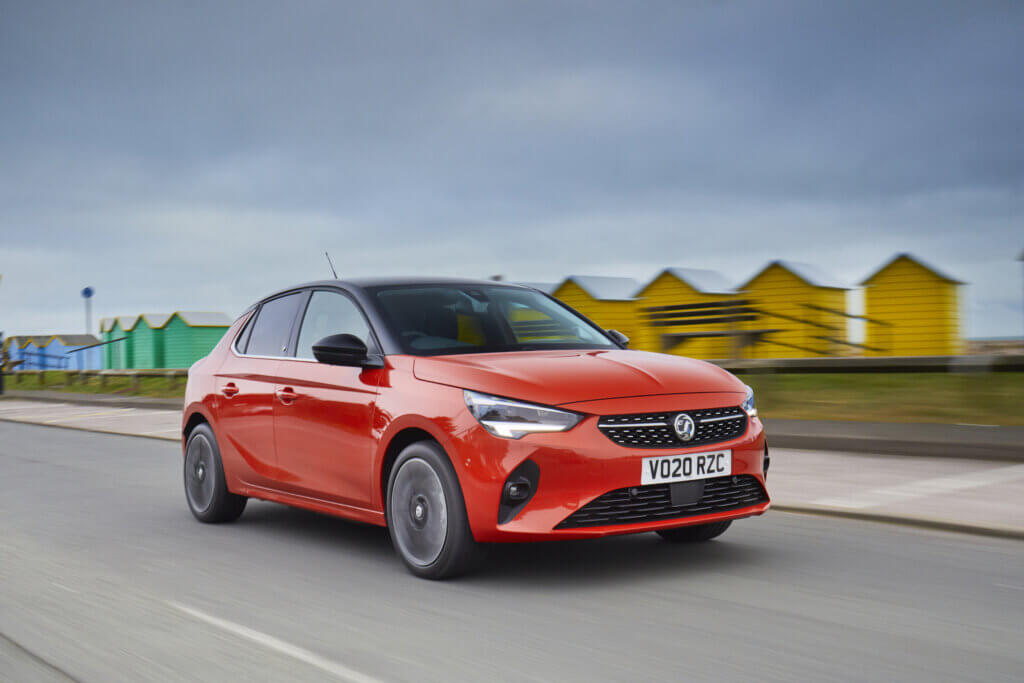Here’s what you’ll find in this complete guide:
Do:
Don't:
Do:
Don't:
Do:
:
What road types are best to drive on during a test drive?
You should test drive a car on various road types to get an overall idea of the car’s performance. This includes motorways, country roads and stop-and-start traffic.
How long should a test drive last?
A test drive usually lasts between 15 to 30 minutes. This gives you enough time to assess the car’s comfort and handling without feeling rushed.
How far should you drive when test driving a car?
You should aim to drive at least 5 to 10 miles during a test drive. Take into consideration the time you have to drive the car, as this will affect the route and how far you can drive.
Do I need a driver's license to test drive a car?
Yes, a valid driver’s license is required to test drive a car. Dealerships especially will need to ensure you can legally drive the car before allowing you to drive it.
Can I bring someone with me on a test drive?
Yes, you can usually bring someone along on a test drive. Many dealerships encourage bringing a friend or family member to help evaluate the car as your trusted second opinion. It’s also a great idea to bring children if the car is going to be a family vehicle, allowing them to test it out and fits everyone in comfortably.
Do I need to test drive a used car?
Yes, it’s highly recommended to test drive a used car before purchasing. You can get a feel of the vehicle you might buy while getting an idea of its performance and condition.




